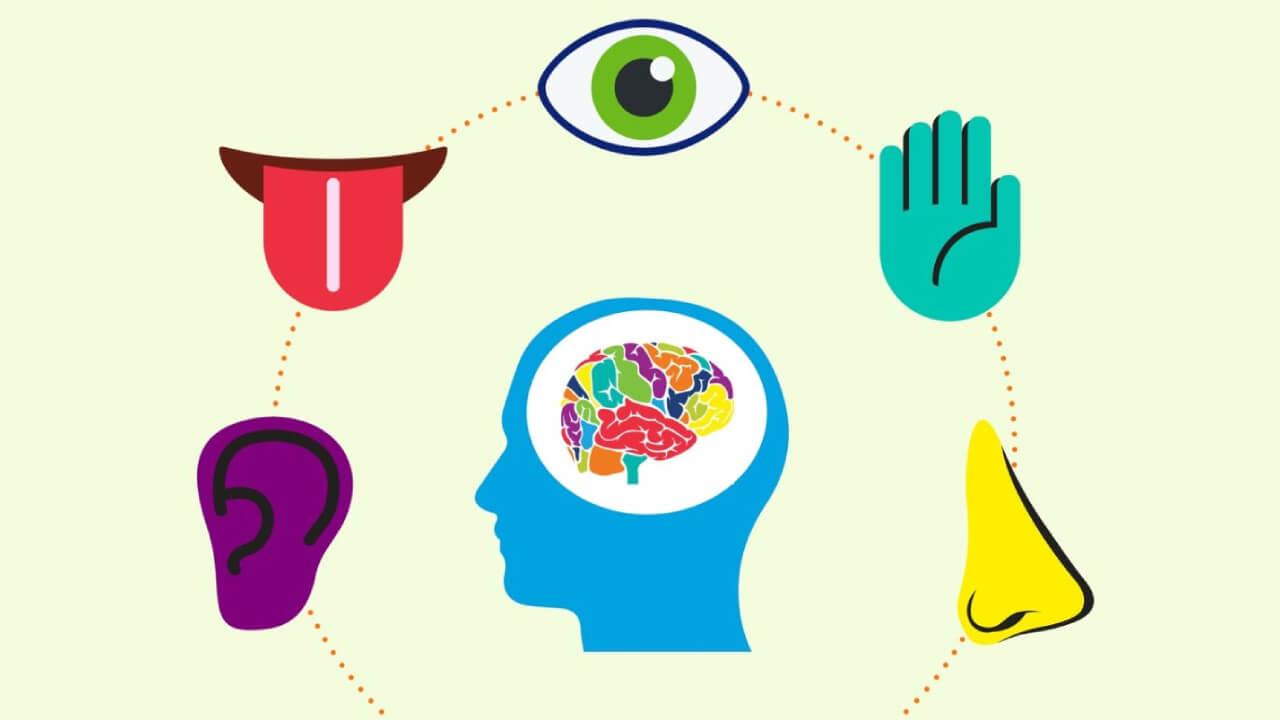Currently Empty: $0.00

In the world of education and learning, the use of sensory images plays a vital role in enhancing comprehension and retention. Whether you’re a teacher looking to engage your students more effectively or a learner seeking to grasp complex concepts, understanding the significance of sensory images can make a substantial difference in your educational journey. In this comprehensive guide, we’ll delve into the world of sensory images, exploring what they are, how they work, and why they are so essential in the realm of education.
Table of Contents
Table of Contents
- What Are Sensory Images?
- The Science Behind Sensory Images
- Sensory Images in Learning
- How to Create Effective Sensory Images
- Benefits of Using Sensory Images
- Examples of Sensory Images
- Sensory Images in Different Learning Styles
- Challenges and Solutions
- Incorporating Sensory Images in Teaching
- Conclusion
What Are Sensory Images?
Sensory images, often referred to as mental imagery or sensory imagery, are vivid and detailed descriptions that engage the five senses: sight, sound, taste, touch, and smell. They evoke a multisensory experience in the mind of the reader or listener, making the content more engaging and memorable. Sensory images are a powerful tool in writing and teaching, as they help the audience connect with the subject matter on a deeper level.
The Science Behind Sensory Images
Understanding the science behind sensory images can shed light on why they are so effective in the learning process. When we read or hear sensory-rich descriptions, our brains activate the same areas responsible for processing real sensory experiences. This phenomenon, known as the “sensory motor cortex activation,” enhances our ability to remember and comprehend information.
Sensory Images in Learning
The incorporation of sensory images in learning materials, such as textbooks, presentations, and lectures, can significantly enhance the educational experience. Visualizing concepts, hearing descriptions, and even imagining the taste or touch of an object can help learners grasp complex ideas with greater ease. Let’s explore how sensory images can be beneficial in various aspects of education.
How to Create Effective Sensory Images
Creating sensory images that captivate your audience requires careful consideration of the five senses. To ensure your sensory images are effective, follow these guidelines:
- Use Descriptive Language: Choose words that paint a vivid picture in the reader’s mind.
- Appeal to Multiple Senses: Engage more than one sense to create a richer experience.
- Contextual Relevance: Ensure that your sensory images are relevant to the topic at hand.
- Balance and Moderation: Use sensory images strategically; avoid overwhelming your audience.
Benefits of Using Sensory Images
Using sensory images in education and communication offers numerous advantages, including:
- Enhanced Understanding: Complex topics become more accessible.
- Improved Retention: Information is more likely to be remembered.
- Increased Engagement: Learners are more motivated to interact with the content.
- Emotional Connection: Sensory images can evoke emotions, making the material more relatable.
Examples of Sensory Images
Let’s take a look at some examples of sensory images in different educational contexts:
- History Lesson: Imagine walking through the ancient streets of Rome, feeling the warm cobblestones beneath your feet and hearing the bustling sounds of the city.
- Science Experiment: Picture the sizzle and smell of a chemical reaction in a lab, as you watch colorful bubbles forming.
- Literary Analysis: Visualize a serene forest at twilight, with the faint scent of pine and the rustling of leaves in the breeze.
Sensory Images in Different Learning Styles
Sensory images can be tailored to suit various learning styles, such as visual, auditory, and kinesthetic. By understanding your preferred learning style, you can optimize the use of sensory images in your educational journey.
Challenges and Solutions
While sensory images can be incredibly effective, they are not without challenges. Some learners may struggle with sensory processing, making it important to provide alternative methods of instruction. Additionally, overusing sensory images can overwhelm the audience. Striking a balance is key to successful implementation.
Incorporating Sensory Images in Teaching
For educators, incorporating sensory images into teaching materials can significantly improve student engagement and comprehension. By using sensory-rich language and encouraging students to create their own sensory images, teachers can foster a deeper connection with the subject matter.
Conclusion
Incorporating sensory images into the learning process can transform the way we absorb and retain information. By engaging the five senses, we create a multisensory experience that enhances comprehension and leaves a lasting impression. Whether you’re a student or an educator, harnessing the power of sensory images can unlock new possibilities in the world of education.
FAQs
Q1: How can I improve my ability to create sensory images in my writing?
A1: To enhance your ability to create sensory images, practice using descriptive language, engage multiple senses, and pay attention to context. Reading books and articles that excel in sensory imagery can also serve as a source of inspiration.
Q2: Are there any resources to help teachers integrate sensory images into their lessons?
A2: Yes, there are many resources available, including online courses, books, and teaching guides, that offer strategies for incorporating sensory images into teaching. You can also collaborate with fellow educators to share ideas and best practices.

